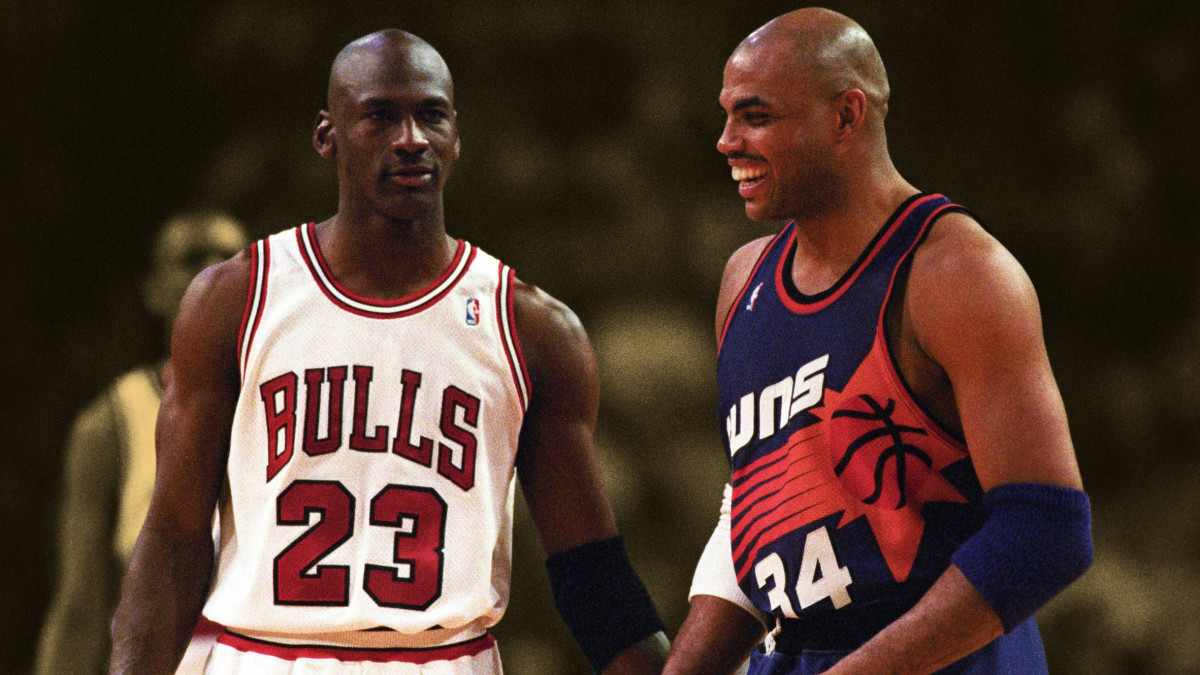Young athletes have been known to blow through their first pay-off. Until Michael Jordan provided him one life-changing financial advise, former NBA player Charles Barkley almost did as well.
Barkley claims on an episode of The Steam Room podcast that Jordan and he were almost simultaneously about to sign endorsement deals with Nike. Originally set at $3 million, Barkley’s contract was changed before he signed on the dotted line to include a one straightforward question: “Hey man, why you need all that money?”
The discussion helped Barkley decide to build a fortune instead of perhaps costing him millions. He discovered from Jordan a game-changing money move, and here’s how you might implement it to further your own wealth-building plan.
Equity above monetary value
Though $3 million was not a little amount, Jordan saw that Barkley could get something far more out of the correct approach. He advised Barkley to renegotiate his deal and take just $1 million in cash plus Nike stock options.
Following a quick conversation with his staff, Barkley followed the advise and positioned himself for a huge down-stream windfall. “I’m still with Nike and I really made probably 10 times that amount of money,” Barkley said with pride.
Barkley said nothing about whether he still owns Nike, but the stock is shockingly 4,000% since the Nike Air Force Max CB, his signature basketball sneaker, debuted in 1994. Given a strong, expanding company, his narrative emphasizes how significantly more profitable acquiring shares may be than a rapid cash payout.

Seeking steady increase over long terms
Like Jordan and Barkley at the beginning of their respective careers, young investors should be more preoccupied with capital appreciation and growth than with instantaneous cash flow.
For age-appropriate asset allocation, several financial consultants so advise applying the Rule of 100. Subtract your age from 100 to find the percentage of your portfolio you ought to allocate to equities. Thus, if you are thirty years old, you would allocate thirty percent of your portfolio to safe havens like bonds and seventy percent for stocks.
Setting aside some of your pay to invest in stocks every month can help you to put development above money. The Federal Reserve estimates the personal savings rate as of January, 2025 to be 4.6%. If you save more of your income—say 15%—you would be speedier in reaching your financial targets.
Over dividend-paying blue chip firms, young investors with a taste for risk and the willingness to wait for compounding returns can also concentrate on growth stocks.
For example, Tobacco behemoth Altria Group offers a substantial 7.3% dividend yield, yet over the previous five years the company has only risen 34%. Over the same five-year period, Nvidia, which doesn’t pay a dividend and reinvests all of its cash flow to grow its company, has appreciated 1,563% by comparison.
Most of your career is still to be discovered while you are young. Like Barkley following his first Nike contract, you can have decades of income to look forward, which allows you flexibility to invest and consider the long view. Setting long-term wealth growth first above short cash can help you to build a considerably richer future.
